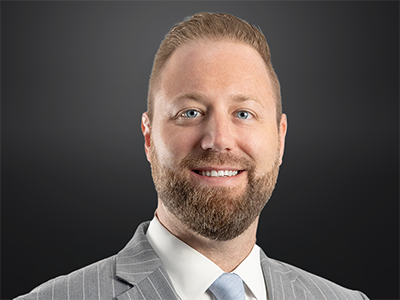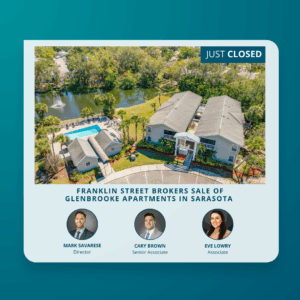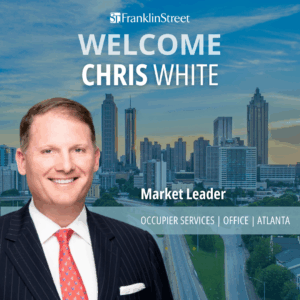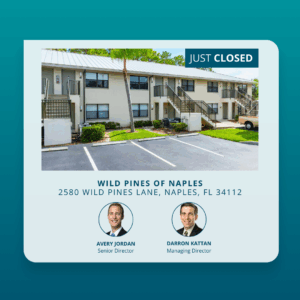Redevelopment opportunities are growing across South Florida for developers and investors as a result of the June 24 condominium collapse in Surfside.
As South Florida counties require more frequent inspections and earlier recertification for condominiums, and as some insurance companies increase rates for older condos after the collapse, developers, investors and residents are looking for other alternatives.
This could be the most dominant trend for months to come, according to Dan Dratch, director of Multifamily Investments at Franklin Street, a commercial real estate agency in Miami.
“What we’re seeing here at Franklin Street is an absolute uptick in just the overall construction in multifamily assets. If you compare 2021 through the third quarter, there are roughly 76,000 units that are either proposed or currently under construction in the tri-county. If you compare that to all of 2020, there were 46,000 of the same search criteria,” Dratch said.
As the pandemic continues, the types of places and where people want to live are changing.
“We’re seeing a lot more movement toward a lot more new construction, and I think that falls in line with cutting off the pandemic. There is a need for nicer, newer places to live,” Dratch said.
Dratch says the fear associated with living in an older building has also increased since the Surfside tragedy.
“It’s hard to say it’s not because of that. When you turn on the news, every single regular person that’s not involved in real estate is paying attention to this topic, because it’s being drawn up so much. I think, naturally, that will affect somebody’s own internal criteria as they’re looking for a new place to live. I think people are going to be a bit more guarded when it comes to that.”
…
After the condominium collapse, the consequences of a continued lack of upgrades in older buildings have become clear to all, which could drive and change demand.
“It’s about proactiveness,” Dratch said. “If owners and developers want to be in this business for a long time, they need to adapt and be proactive. Worst-case scenario, this is people’s lives. This isn’t just a building. I think it really does wake people up to the worst-case scenario.”




